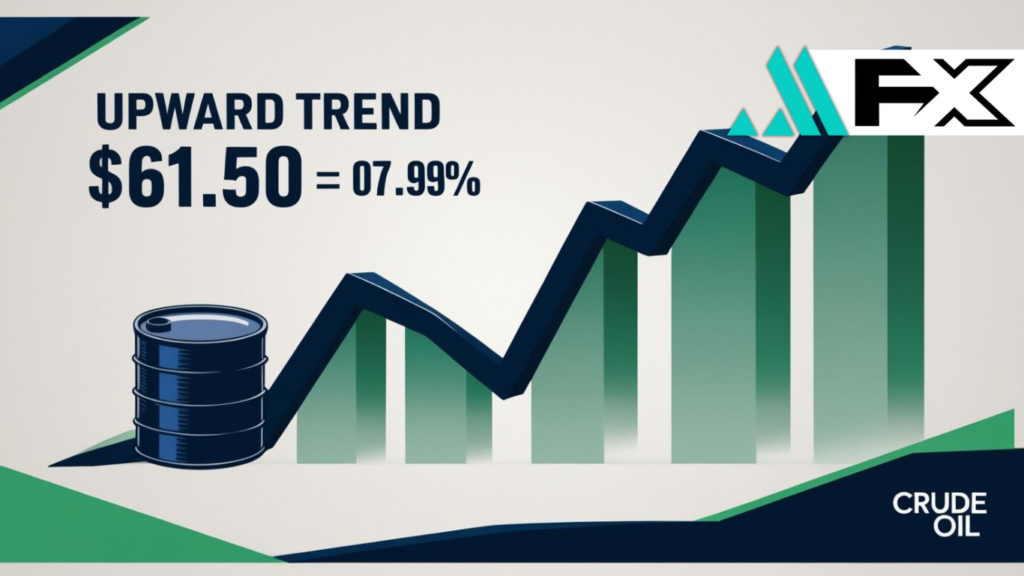Oil prices gained momentum on Monday as signs of progress in U.S.-China trade negotiations revived optimism in global markets. Both sides issued encouraging statements following weekend discussions, suggesting that tensions between the world’s top two crude consumers may be easing.
Brent crude rose $0.43 (0.67%) to $64.34 per barrel by 05:00 GMT, while West Texas Intermediate (WTI) increased $0.48 (0.79%) to $61.50. This builds on Friday’s rally, where both benchmarks gained over $1 and capped a 4% weekly rise—their first positive week since mid-April.
The turnaround followed the announcement of a U.S.-UK trade deal, which improved sentiment around broader global economic stability. As trade friction begins to ease, markets are recalibrating demand expectations, particularly for oil.
Although no detailed terms were disclosed, officials from both countries described the weekend’s negotiations as reaching an “important consensus.” A formal joint statement is expected soon, which may further solidify this momentum.
OPEC+ Output Moves Cap Further Gains
While diplomatic progress buoyed investor confidence, gains in crude were restrained by expectations of increased output from OPEC and its allies (OPEC+).
The group had previously signaled plans to accelerate production increases in May and June, which could put downward pressure on prices in the coming weeks. However, a Reuters survey revealed that OPEC output slightly declined in April, providing some relief to the supply outlook.
Key points from the supply side:
- OPEC+ is expected to raise output in the near term.
- April production edged lower, softening oversupply fears.
- The supply-demand balance remains sensitive to policy shifts.
Toshitaka Tazawa of Fujitomi Securities noted that while U.S.-China talks helped support oil, the lack of details and OPEC’s strategy tempered market enthusiasm.
Geopolitics and U.S. Rig Count in Focus
Oil markets are also closely watching U.S.-Iran negotiations and domestic production trends. Talks aimed at resolving the nuclear standoff concluded without a breakthrough in Oman, though both parties agreed to continue discussions. A renewed nuclear deal could lead to increased Iranian oil exports, potentially pressuring global prices.
Meanwhile, Baker Hughes reported a decline in the number of active U.S. oil and gas rigs to the lowest level since January, reinforcing speculation that domestic output may plateau in the short term.
Summary of market-moving factors:
- Constructive U.S.-China talks may lift demand outlook.
- OPEC+ plans to boost supply in coming months.
- U.S. rig count decline hints at slower production growth.
- Iran nuclear talks could affect long-term supply forecasts.
Would you like a breakdown chart showing Brent vs. WTI performance this month?


